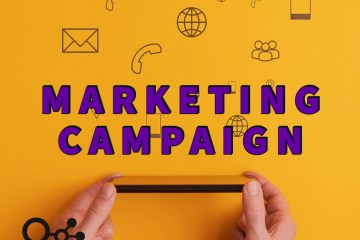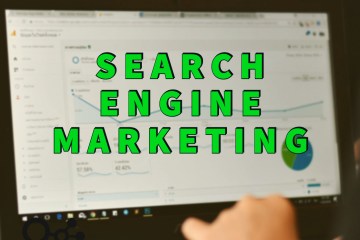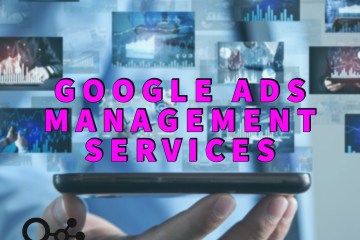Creating the Ideal Google Ads Landing Page: 5 Easy Hacks

A quality Google Ads landing page gives you a better chance at converting browsers into customers!
A Google Ads landing page is the web page a user arrives at after clicking on an advertisement. They should be well-designed and relevant to the advertised product.
Many Google ads landing pages are poorly designed and don’t convert well. Google Ads is a great way to drive traffic, but if the visitor doesn’t take action on your site, it’s not worth it. Therefore, a Google Ads landing page should be designed to encourage the user to take any action that you want them to do.
Google bases part of your ad’s Quality Score on the Google Ads landing page, affecting how often your ads show to users and the cost-per-click. The benefit of using Google’s platform for this type of advertising is that it provides metrics about how many people clicked through from the ad, so you know if it was successful or not.
This article will discuss what makes a high-quality Google Ads landing page, including making sure they aren’t too cluttered or difficult for users unfamiliar with your business.

About the Google Ads landing page
A Google Ads landing page is the web page a user arrives at after clicking on an advertisement. The landing page is usually the first web page a user sees, and it must be well-designed and relevant to the ad. A good landing page will encourage the user to take action, such as signing up for a newsletter or buying a product.
Google has a few suggestions about creating a high-quality Google Ads landing page:
- Information should reflect the copy in your ads
- Easy to navigate
- Links on the page should be relevant
These factors all go into the Quality Score of your ads, which can give “you a sense of how well your ad quality compares to other advertisers.”
About the Quality Score
Google calculates your Quality Score based on three main factors:
The first factor is your click-through rate (CTR). Google’s goal is to present users with relevant ads, so Google wants ads to be clicked on. Google calculates CTR based on the number of clicks your ad receives divided by the number of times shown (impression). Google defines high-quality ads as ones that get clicks.
The second factor Google takes into account is ad relevance to the search. Google looks for relevant ads that users will click on, and it will lower their Quality Score if Google feels that your ad isn’t relevant enough to be clicked on.
Google’s third factor is the landing page experience, which Google defines as “how relevant and useful your landing page is to people who click your ad.”

5 hacks for optimizing your Google Ads landing page experience
Google Ads landing pages should be simple and easy to use. They should include a headline that tells the user what the page is about and a way to contact your business.
Any embedded forms should be easy to fill out, and the user should be able to complete them in just a few minutes.
For local businesses, make sure you include areas served right at the top. There shouldn’t be any questions about where you’re located!
Another tip: don’t use distracting images at the top of your Google Ads landing page. These can often be distracting, and any text written on them gets lost, creating a cluttered feel.
Google also recommends using specific keywords and phrases in your Google Ads landing page copy that you’re targeting in your Google ads. For example, if you’re advertising an assisted living facility, make sure the Google Ads landing page is written for seniors or people who need assisted living services.
Tips for your Google Ads landing page in your campaign
Each ad requires you to specify one URL where people are taken when they click your campaign. However, to simplify navigation, you can use a display path that provides more information about where users are headed once they click your ads.

Remember, the domain name for the displayed URL and the Google Ads landing page must be the same.
Our digital marketers recommend separating ad groups by which landing pages you want to be visited. For example, a restoration company advertising water and mold damage would have two ad groups, one for each service. Each of those ad groups leads to the corresponding service page on your website.
Separating ad groups in this way, instead of geographical location, leads to less keyword cannibalization. Note: making ad groups by location, an ad group for two separate cities, for example, would have keywords from both services in each. There would be no way of keeping the ads for mold different from the ads for water damage, leading to a lower quality score for everything!
Do you need help with your Google Ads landing page?
A Google Ads landing page is the web page a user arrives at after clicking on an advertisement. The landing page should be well-designed and relevant to the ad, and it must encourage the user to take action, such as signing up for a newsletter or buying a product.
In this article, we’ve provided tips for creating a high-quality Google Ads landing page, optimizing your Google Ads landing page experience, and separating ad groups by which landing pages you want to be visited.
If you want additional help, or have any questions for our advertising professionals, reach out via our contact page, and one of our team will get back to you within twenty-four hours!



0 Comments